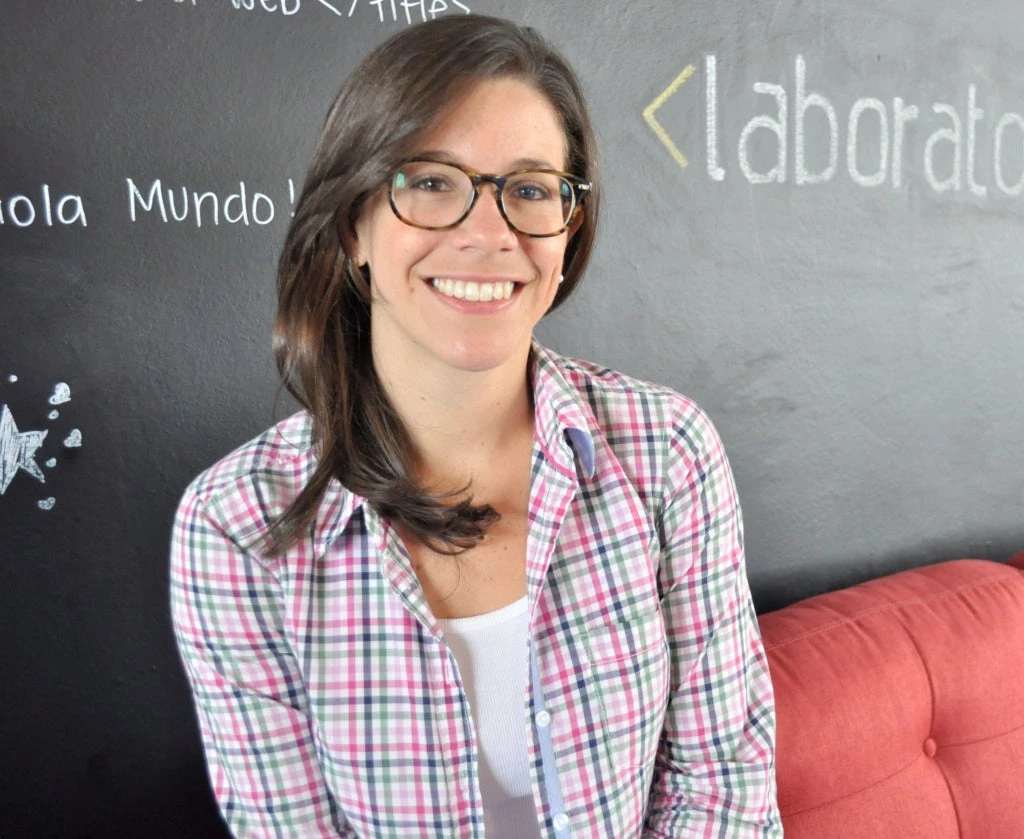
The disadvantages young women face in the labor market and in entrepreneurship in developing countries are not only substantial and complex, but they quickly compound. A plethora of forces drive gender disparities in youth employment: lack of opportunities to develop the skills demanded by the labor market, family or social pressure dissuading them from entering desirable jobs or male-dominated sectors, a detrimental work environment, or a lack of available services such as childcare might make achieving success an uphill battle. Yet innovative youth employment programs can respond to gender issues. Below are three examples presented in a recent virtual workshop held by the Solutions for Youth Employment (S4YE) coalition with members of its Impact Portfolio community.
Opening the IT sector to women
Women have immense disadvantages in the tech sector, and this is one of the reasons the gender disparity is such a high priority for youth employment in digital jobs. Laboratoria takes on this challenge by training young women from underserved backgrounds and placing them in tech jobs throughout Latin America. Ana Martinez, Laboratoria’s Chief Operating Officer, presented patterns related to women in the tech sector that were eye-opening. For example, the percentage of women who majored in computer science increased right up to the boom of the personal computer revolution (mid-1980s), after which it reversed. Since that moment, tech work has been portrayed as a male profession in the media: a simple Google image search for the term “developer” fills your browser with men sitting in front of computers.
Laboratoria has been able to graduate more than 580 young women as front-end developers and UX-designers in Latin America, placing more than 75% of them in tech jobs where they triple their income in average. A large network of over 200 tech employers in the Americas already hire from Laboratoria. Over time, its training approach has evolved, to include technical and personal skills (such as confidence and communication), to prepare young women to succeed in the tech sector where they will still be a minority. They have also involved family members in the training to ensure there is family support.
Using a TV program to change gender norms
The IFAD-ILO Taqeem Initiative is studying the potential of using a nationally televised program to change the perception of women as entrepreneurs in Egypt. Entrenched gender norms and attitudes are major constraints towards promoting decent jobs for women in the Middle East and North African region. The program, El Mashrou3, was a reality TV competition where 14 young entrepreneurs got a chance to win prizes and support for launching their business. On each of the 13 episodes, two teams had to solve a challenge based on a key topic for entrepreneurs, in a way which makes sense from a social impact and business perspective. By encouraging a sample of people to view the program through text messages, it was possible to measure through a unique impact evaluation (a randomized encouragement trial) whether the program changed perceptions and encouraged viewers to take steps towards starting a business. Drew Gardiner, the Taqeem Project Manager and one of the study’s authors, shared some preliminary results of their forthcoming study that suggest it may indeed be possible to shift some views, including whether women can run their own businesses.
Gender mainstreaming to improve the effectiveness of youth employment programs
In India, Plan International is implementing the SAKSHAM project, which supports youth (male and female) in attaining productive employment through six main components: mobilizing youth, aptitude assessment and counseling, technical skills training, life skills training, job preparedness training and placement, and post-placement support. The project included a gender mainstreaming approach to integrate a gender perspective and a view of promoting gender equality in each stage of the project: preparation, design, implementation, and monitoring and evaluation. Each of the program’s core tasks was analyzed through the gender lens from the start, such as conducting market scans, mobilizing the community, keeping ‘safety for girls’ as one of the key criteria for selecting the location of training centers, designing skills training courses, providing support services, and teaching work readiness. This analysis led to important adjustments such as reducing the duration of training, providing gender-specific career counseling sessions, organizing gender sensitization training, and appointing female social mobilizers. Small adjustments on each of these areas, such as exposing girls to positive images of women during class trainings and assignments, can make a real difference on the impact of the program. The presentation by Delores McLaughlin, Plan's Senior Policy Advisor on Economic Security, includes several other detailed examples and adjustments that SAKSHAM carried out.
Follow the World Bank Jobs Group on Twitter @wbg_jobs and Solutions for Youth Employment @s4ye_coalition.





Join the Conversation